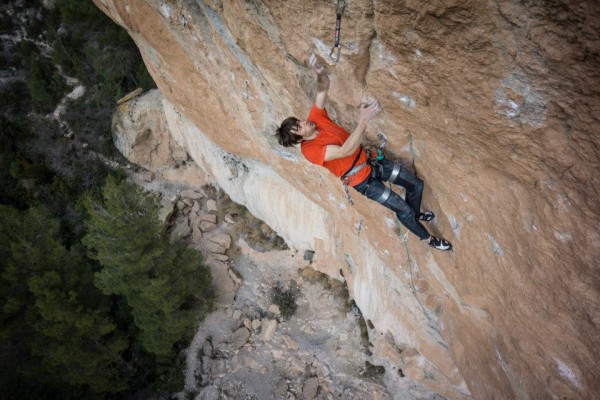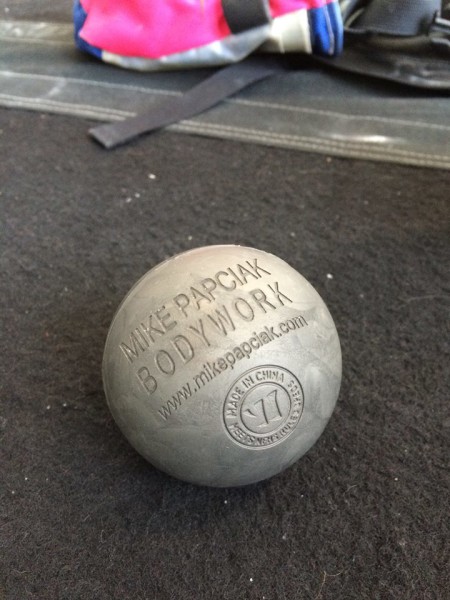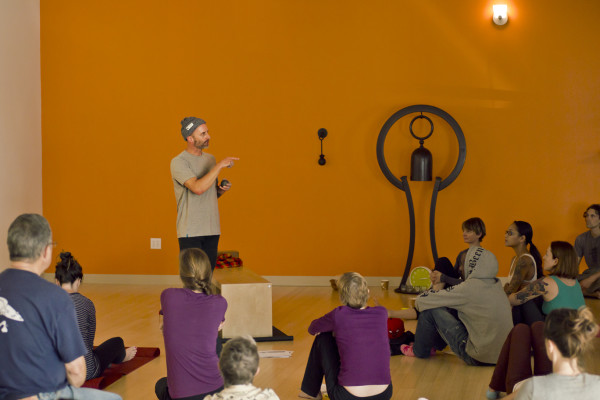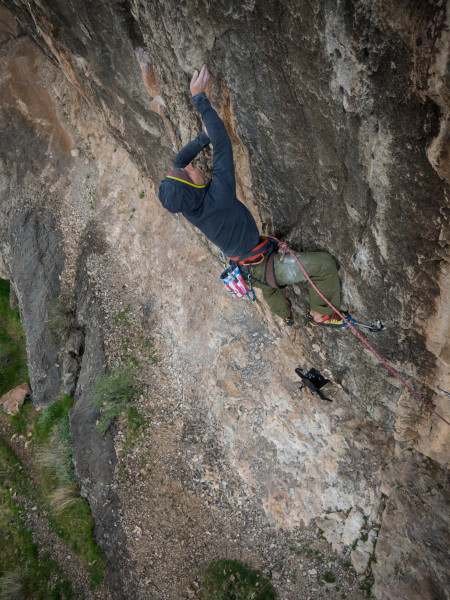I twisted my body on the sloping hold, stabbed my right foot and felt a sharp pain between my shoulder blades. I came off the boulder problem and felt a knife in my spine. This time, I was fortunate enough to be climbing in the Bay Area. I received a 15-minute massage at Berkeley Ironworks from a therapist in training. I spoke with a number of climbers about rehabilitating my injury and received more care from a physical therapist. Most of the time, I’m on the road and receiving such quick and intimate care can be difficult. I sought advice on how to better take care of strains in my body.

“The best prevention is not getting injured in the first place,” said Mike Papciak, a climber and highly regarded bodyworker. Papciak’s advice follows a current sport-science trend, which suggests keeping the body tuned to prevent injuries. “I believe one of the best ways prevent injury in the first place — this goes for your big guns, like pulled hamstrings, all the way down to the small units, like torn finger tendons — is to keep your tissue supple. Stay loose. Stiff muscles and tendons are more prone to tearing and/or spasm. They’re weaker and slower as well. And how do you keep your tissue supple? Not by stretching. At least, not by impatiently trying to touch your toes a couple times, or pulling your fingertips backwards for half a minute before starting your pitch. The best way to keep your tissue supple is by working directly with it, like kneading clay.”

This winter while climbing in Siurana, I would see Ethan Pringle and Jonathan Siegrist, both 5.15 sport climbers, standing against the wall with lacrosse balls working their muscles. Papciack recommended the method to Pringle who became an ardent fan and brought a few lacrosse balls to Spain. “It’s compact, portable, durable, and you can maintain your entire body with it. You do most of the work standing and leaning against a wall (or a boulder, yep) so you don’t need a clean floor or level ground to work on. Most important is that the lacrosse ball works on ALL areas of the body,” said Papciak.

Some climbers use foam rollers, which work well at massaging certain areas but they have a few disadvantages. “The foam roller lags far behind the lac ball for loosening and releasing adhesion in the torso and arms, which is of particular interest to climbers,” said Papciak. Foam rollers are also less versatile and take up more space. “Having said all that, it’s nice to have both a ball and a roller. Softer rubber balls or tennis balls also have their fans. At the end of the day, I prefer the precision, and penetration, of the lacrosse ball,” said Papciak.
When performing self-massage there are a few areas to target according to Natasha Barnes, a chiropractor and climber who wrote a great blog post about self-massage. Upper traps, levator scapulae, teres major, rhomboids, thoracic paraspinal muscles, pec major and minor, lats and forearms are the most common areas that need attention. “Climbing uses so much of the upper back, chest and arm muscles that these areas tend to be the most likely place for overuse injuries to occur and therefore the area where we need to direct most of our attention towards when it comes to self treatment,” said Barnes. “Changing your body is a process and should be accomplished little-by-little.” Barnes suggests 15 minutes a day on each area. “Aggressive pressure or too much time spent in one area can cause tissue damage and will impede your body’s ability to recover. I’ll say it again; corrective work needs to be done everyday. Consistency is key.”

Finding and paying a body worker consistently can be financially crushing. There are other alternatives that Papciak suggests. “Learn to do it yourself, so you can spend your money on your travels! ” said Papciack. “Now if you’re really interested in performing at your best — or if you really screw yourself up — you’re going to want, and need, to go find, and pay, an expert. More than one traveling climber has, while passing through the Bay, booked a session with me for a thorough clean out and some self-treatment instruction, and later told me it was road trip money very well spent, which paid off in spades. Think of visiting a practitioner like visiting the dentist. Dental professionals have the training and the tools to reach places you can’t, and they’re just going to do a better job than you are. But you can’t see the dentist every day, or every week. And your musculature needs attention that often. So learn to brush and floss on your own.”
For those looking to learn more, there is a large amount of information through books, online videos and blog posts. Mike Papciak answers questions and helps with self-treatment tips on his Facebook Page. Check out Natasha Barnes’s blog post about self-massage as well.
After using a lacrosse ball and practicing much of Papciak’s and Barnes’ advice, the pain in my back dissopated. I’ve continued to do maintenance on my body and have been feeling better because of it.

